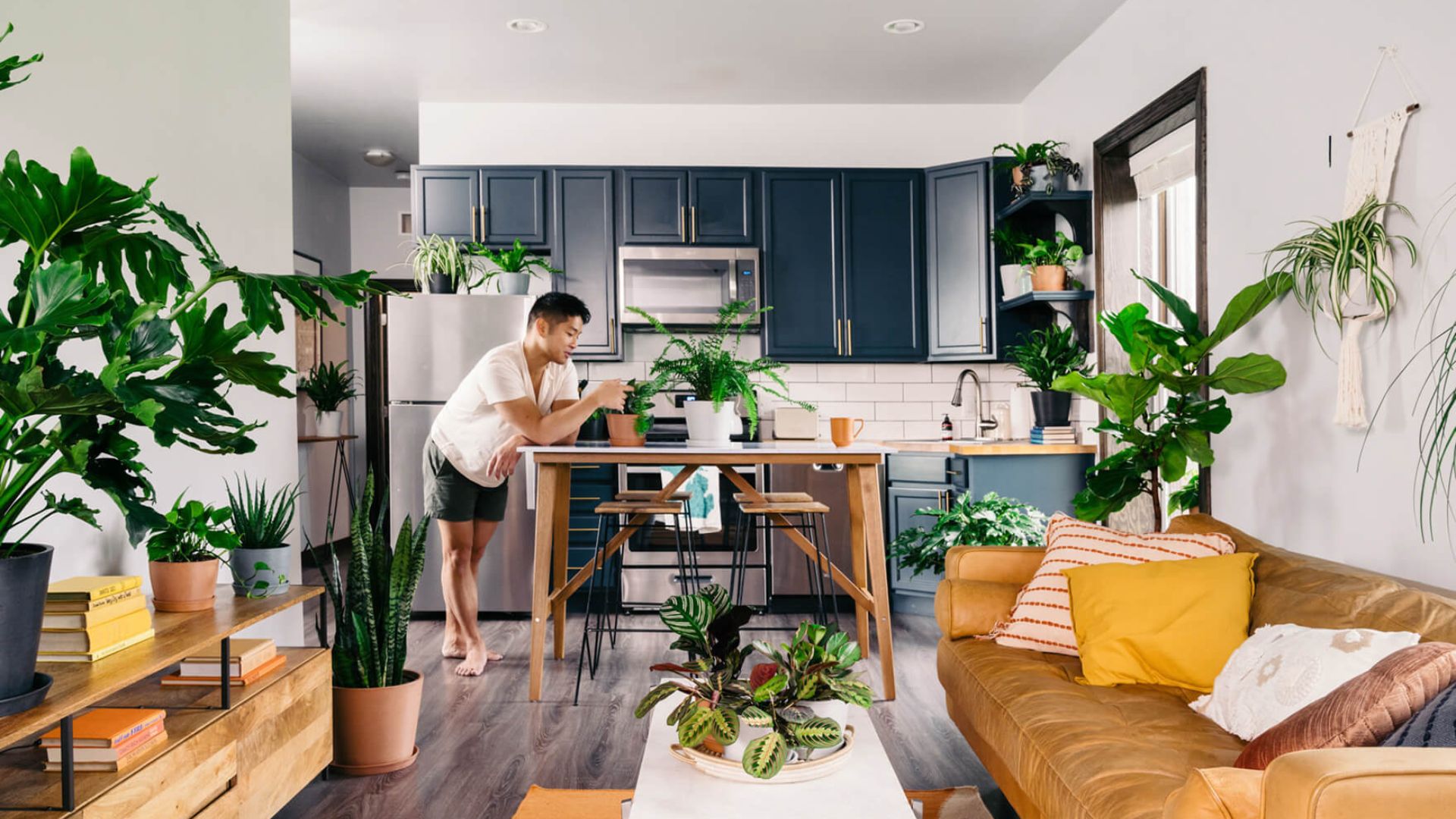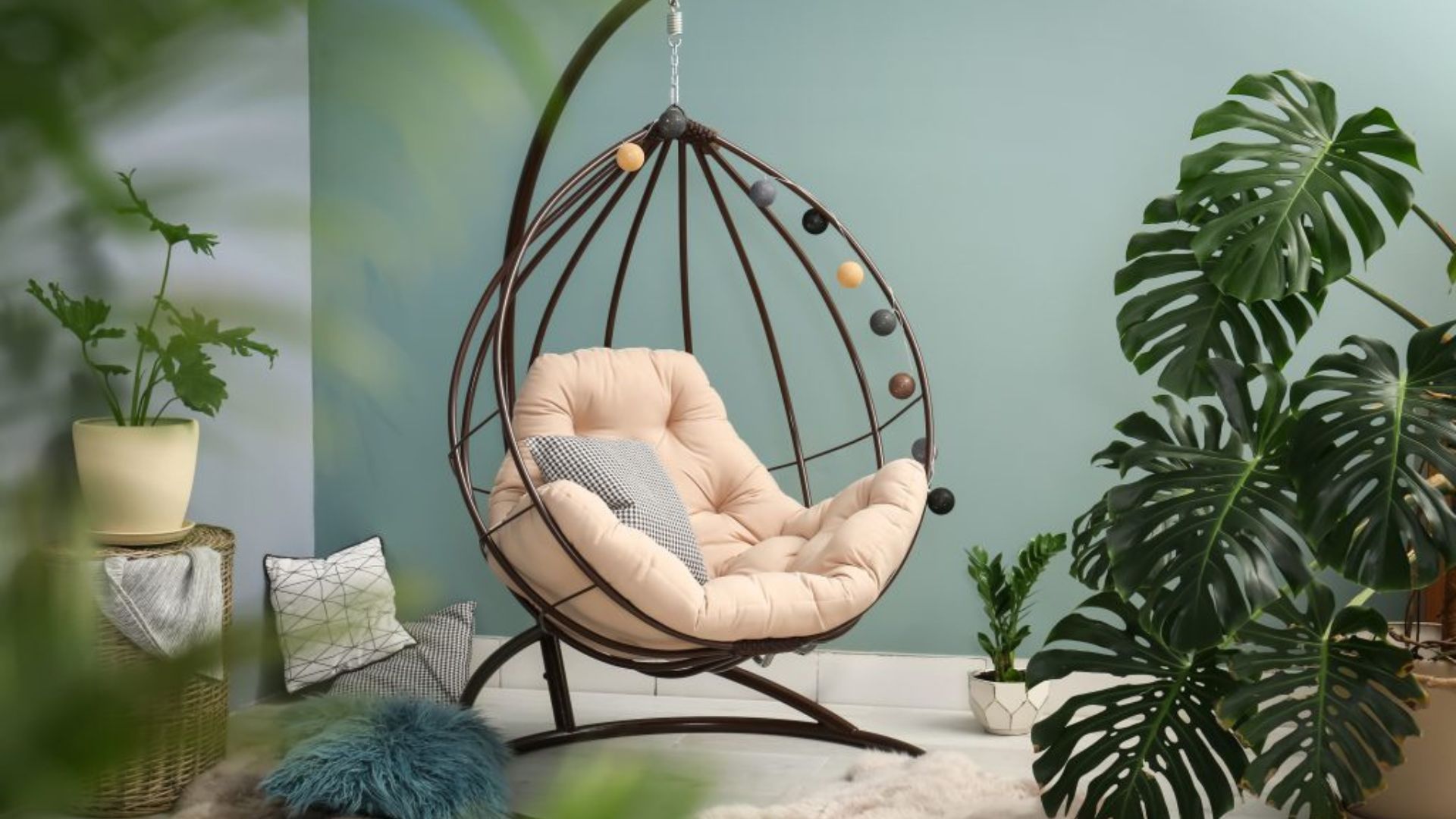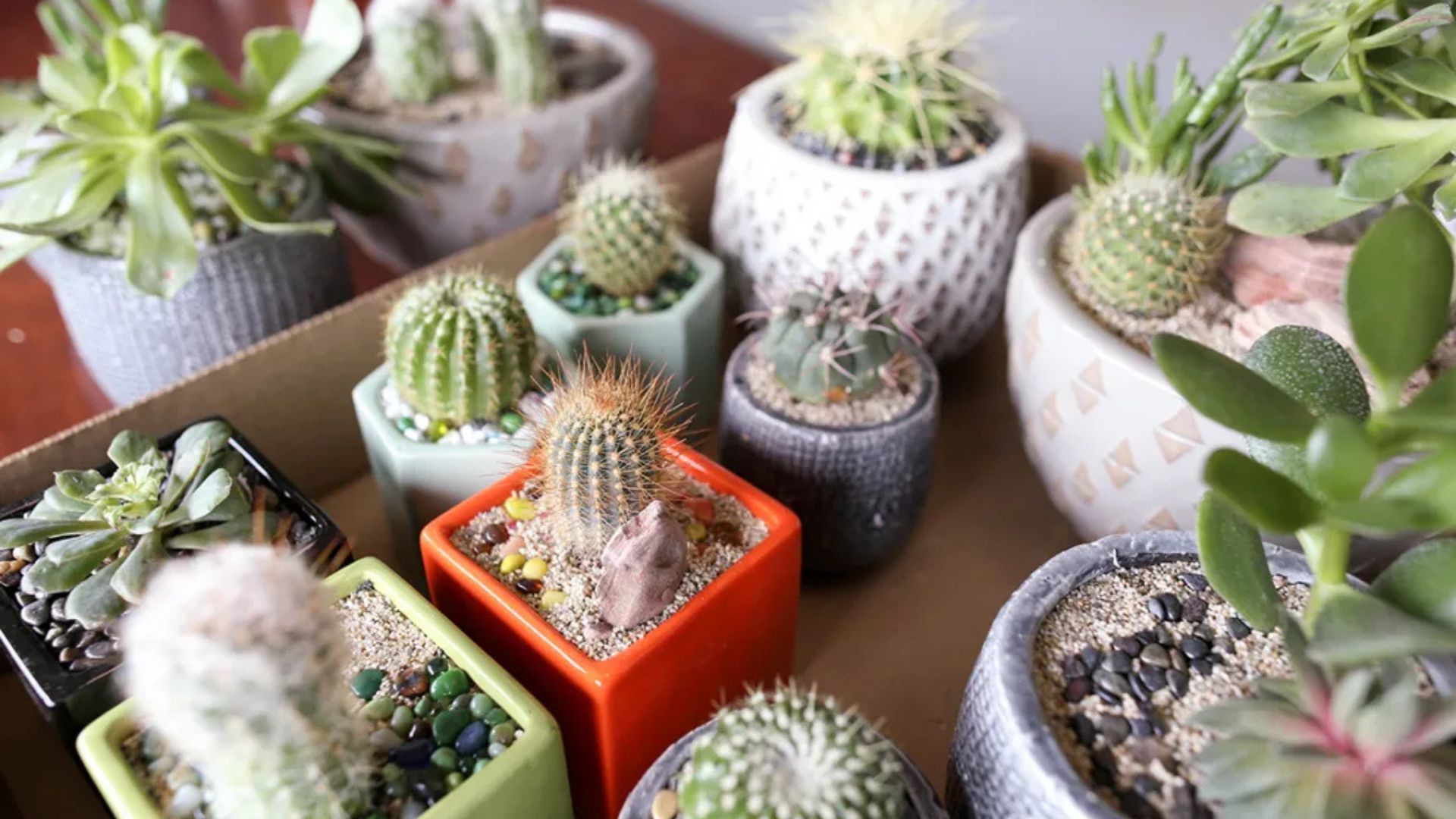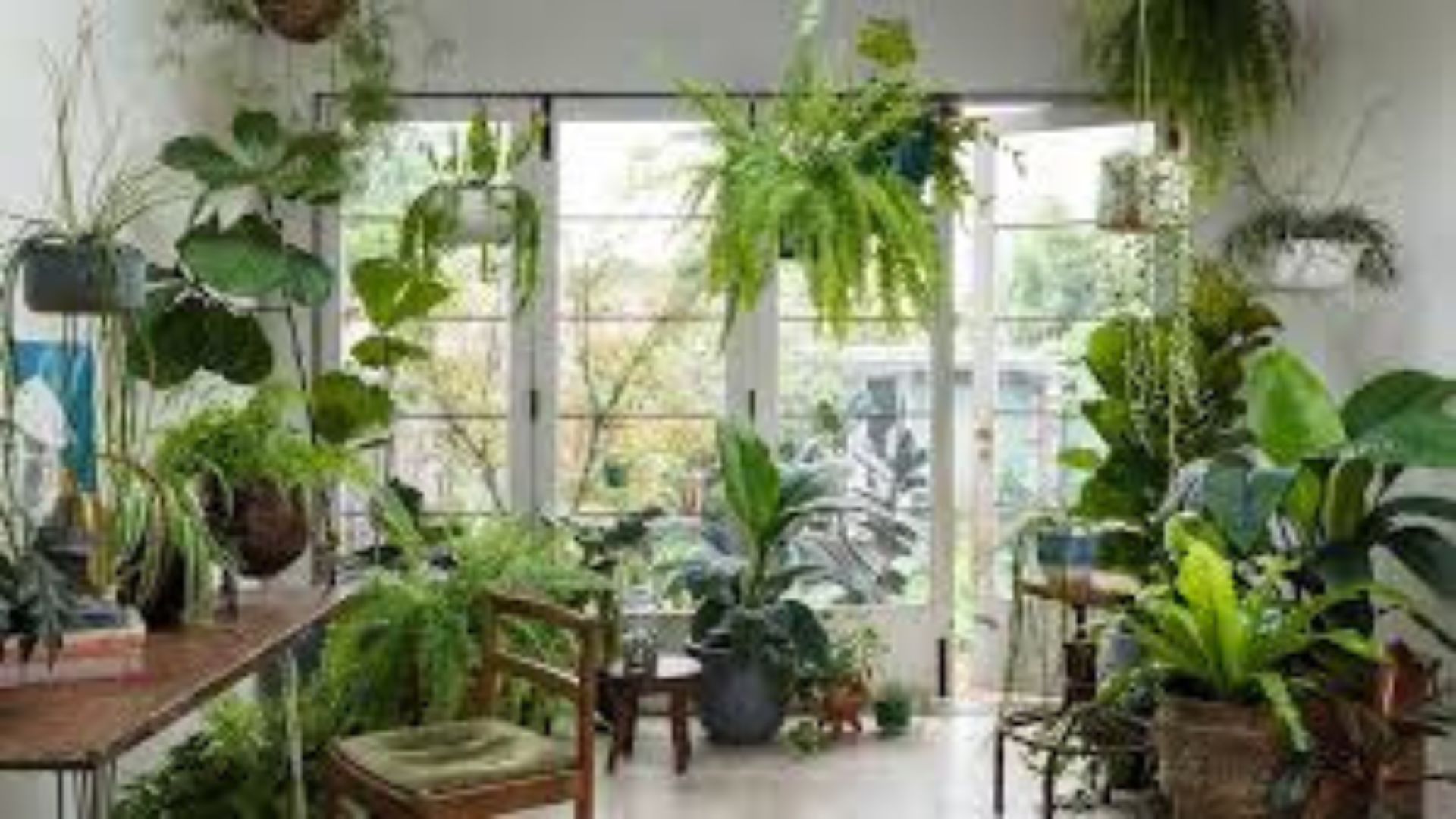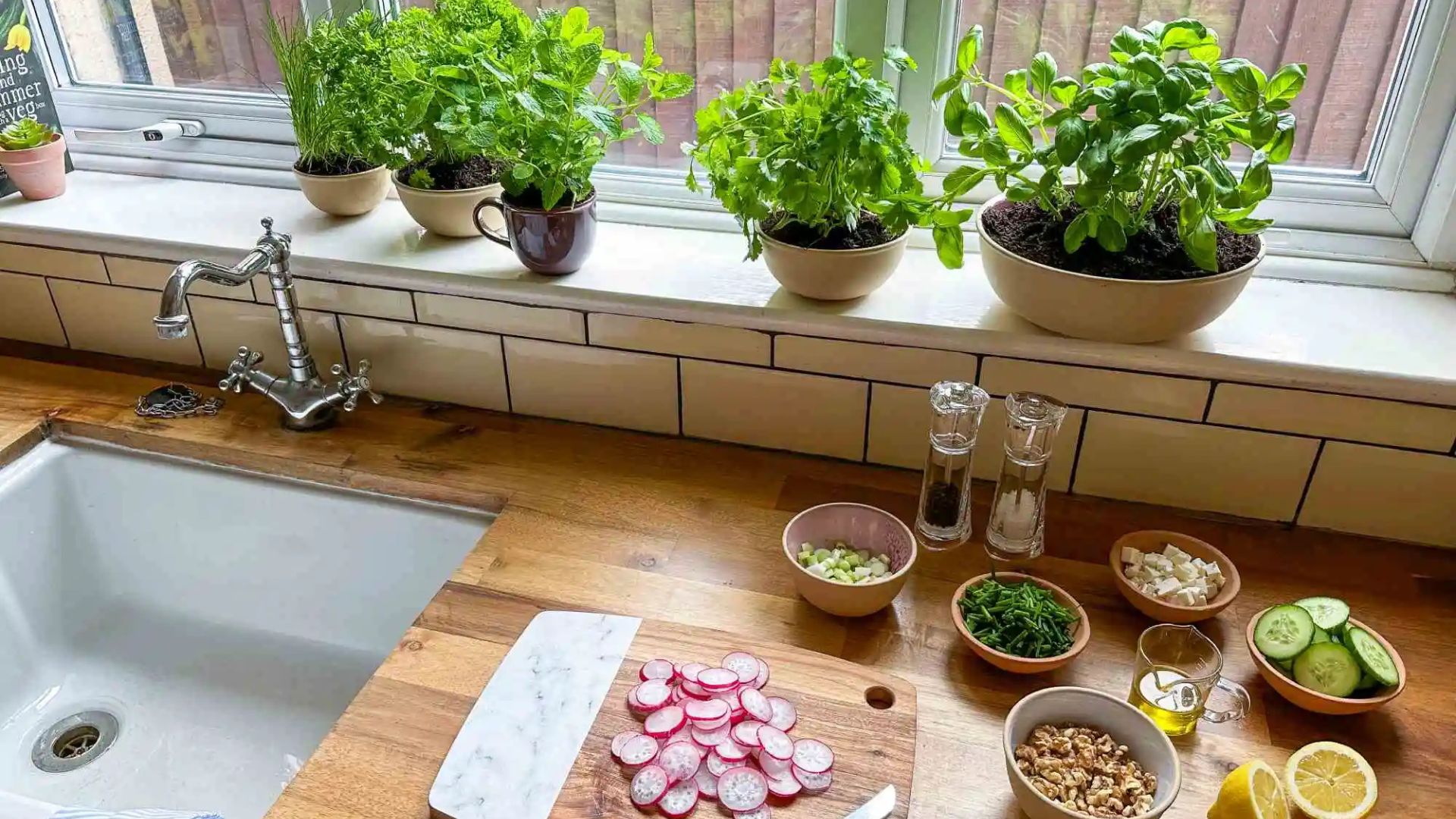Apartments improved with indoor plants arrangement feel fresher, healthier, and more inviting. Plants enhance air quality, reduce stress, and add natural beauty. Moreover, arranging indoor plants thoughtfully creates harmony, improves room functionality, and adds personality. By combining style and greenery, apartments become vibrant, comfortable, and visually appealing environments.
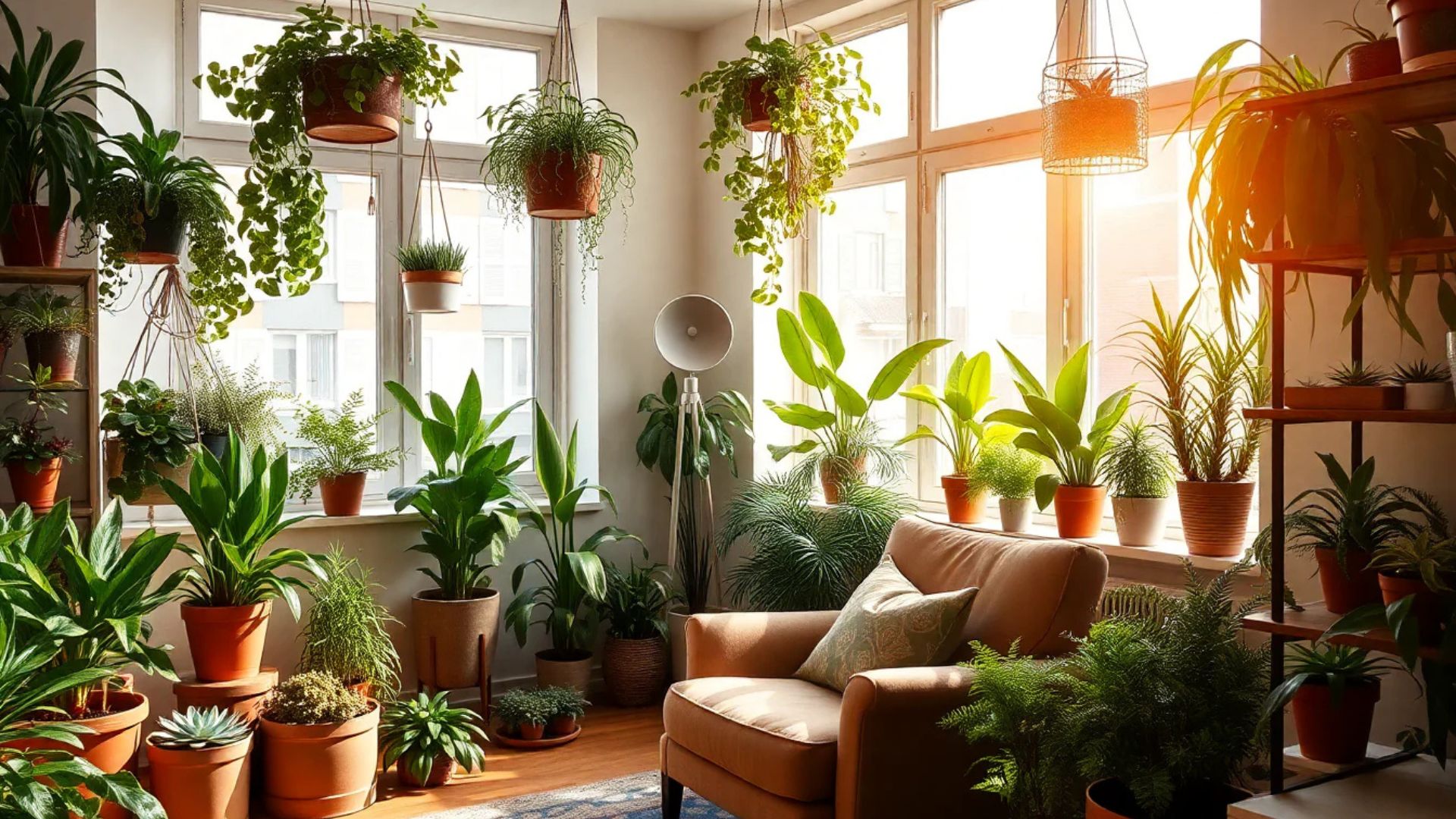
Selecting the Right Indoor Plants
Choosing suitable plants is the first step to improvement. Low-maintenance species like snake plants, pothos, ZZ plants, and peace lilies work well in apartments. Additionally, medium and large plants such as fiddle leaf figs or rubber plants provide statement pieces. By considering light, space, and maintenance needs, residents ensure plants thrive while enhancing apartment interiors.
Tips for Plant Selection
-
Match plants to available sunlight.
-
Mix small, medium, and tall plants for visual interest.
-
Prioritize air-purifying species for healthier indoor environments.
-
Choose plants that suit lifestyle and maintenance capacity.
Arranging Plants for Maximum Impact
Proper arrangement enhances aesthetics and usability. Grouping plants by size, color, or type creates harmony and structure. Hanging planters, shelves, or vertical gardens maximize vertical space. Moreover, placing greenery near windows or corners improves lighting and visual appeal. Consequently, strategic placement turns apartments into lively and stylish spaces.
Health and Air Quality Benefits
Indoor plants clean and refresh the air. They remove toxins like formaldehyde, benzene, and carbon monoxide while increasing oxygen. Additionally, plants boost humidity, reducing dry air discomfort. By improving air quality, apartments improved with indoor plants arrangement promote wellbeing, reduce allergies, and support overall health.
Creating Cozy and Functional Spaces
Plants define zones and cozy corners in apartments. A reading nook with a small plant, soft rug, and lamp feels inviting. Tall plants can act as natural dividers in open-plan spaces. Moreover, cascading plants soften room edges and create movement. By integrating plants thoughtfully, interiors become both functional and visually appealing.
Seasonal and Rotational Adjustments
Changing plant arrangements seasonally keeps apartments fresh and engaging. Spring encourages flowering plants for vibrancy, summer favors lush foliage, autumn introduces warm tones, and winter works with evergreens or hardy species. Seasonal rotation maintains interest while complementing décor themes. Consequently, apartments feel dynamic and inspiring throughout the year.
Decorative and Stylish Options
Indoor plants double as décor pieces. Decorative pots, stands, and creative planters enhance interior style. Additionally, combining textures and colors adds dimension and personality. By using plants as both functional and decorative elements, apartments improved with indoor plants arrangement gain a sophisticated and welcoming look.
Maintenance for Thriving Plants
Even simple plant arrangements require care. Watering, proper lighting, occasional pruning, and cleaning leaves are essential. Checking for pests ensures healthy growth. Furthermore, choosing low-maintenance species reduces effort while maximizing benefits. By maintaining plants regularly, apartment interiors remain vibrant, clean, and stylish.
Combining Plants with Other Interiors
Integrating plants with furniture and décor enhances harmony. Pairing greenery with textiles, artwork, or lighting creates cohesive spaces. Moreover, layering plants of different sizes adds depth and interest. Consequently, indoor plants complement interiors while improving atmosphere, style, and function simultaneously.
Conclusion
In conclusion, apartments improved with indoor plants arrangement offer numerous benefits. They boost air quality, enhance wellbeing, create cozy spaces, and elevate aesthetics. By selecting suitable plants, arranging them strategically, maintaining them properly, and updating seasonally, apartments become vibrant, functional, and inviting. Ultimately, indoor plants transform living spaces into healthy, stylish, and comfortable homes for residents to enjoy daily.






